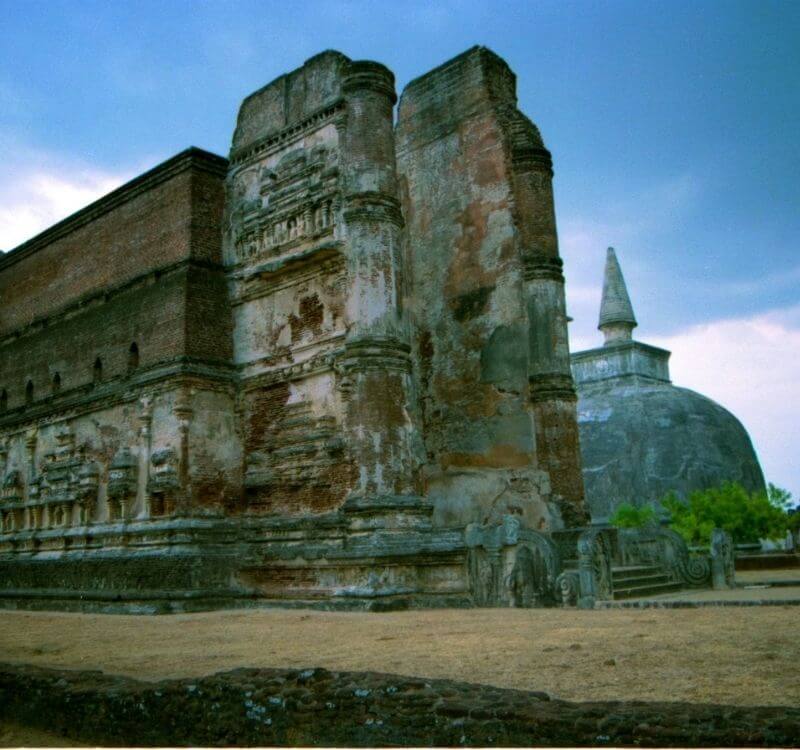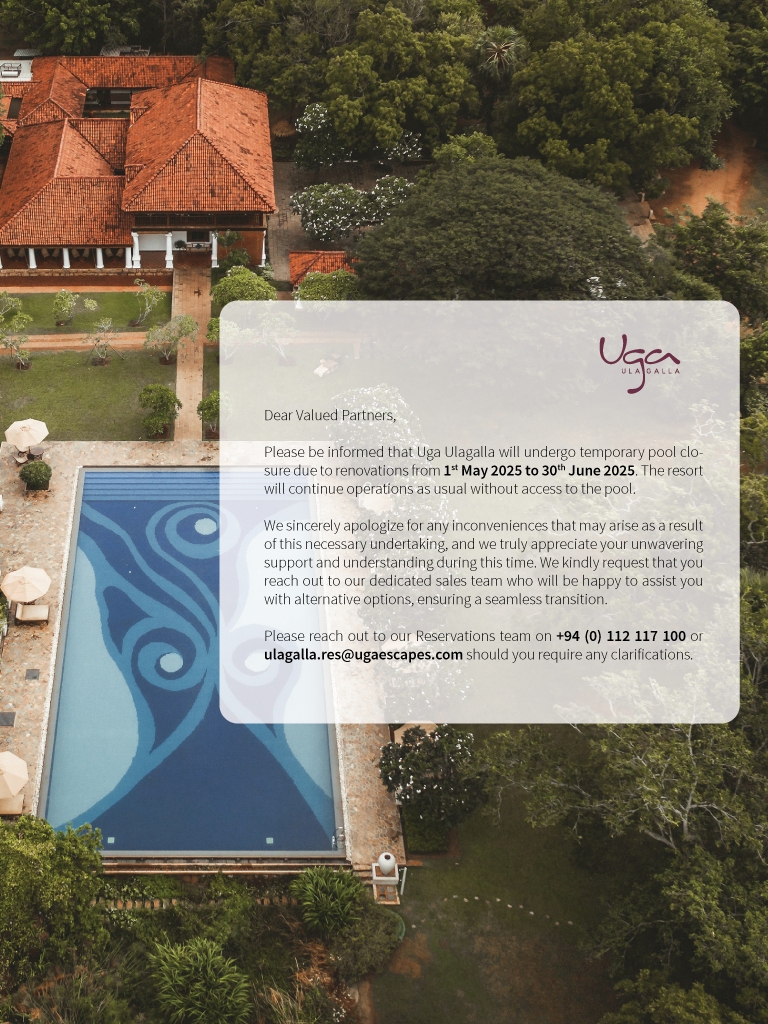Polonnaruwa
Everything You Need to Know About Polonnaruwa, Sri Lanka
Polonnaruwa was Sri Lanka’s spectacular second ancient city, and the ruins from this golden age vividly reflect some of the most well-preserved architectural treasures of the time. Dating back to the tenth century, the ruins incorporate palaces, monasteries, Buddhist and Hindu temples, dagobas and many beautiful statues, and sit beneath shady trees near the Parakrama Samudra Tank. The compact site can easily be visited in a day, and the best way to see all the sights is to hire a bicycle and gently peddle between the ruins.
History of Polonnaruwa
In 993, Anuradhapura, Sri Lanka’s first glorious capital, became overrun by South Indian Chola invaders who moved the capital south to Polonnaruwa. Establishing a presence here for over 70 years, the Cholas were finally ousted by Sinhalese King Vijayabahu I in 1073 who went on to retain Polonnaruwa as his capital. Successive kings, notably Parakramabahu I and Nissankamalla, greatly expanded and beautified the city, which remained a royal capital for just over 200 years before South Indians invaders returned. Polonnaruwa eventually fell into ruin as the capital was moved south to a safer location close to present-day Colombo.
Where is Polonnaruwa?
Polonnaruwa is located in the North Western Province of Sri Lanka within Sri Lanka’s history-rich Cultural Triangle. It is two-hours’ drive from Anuradhapura and 230-kilometres from Sri Lanka’s capital, Colombo. The ruins may be visited when travelling to the east coast or as an east coast day trip as Polonnaruwa is just over an hour’s drive from the beach resort of Passikuda.
Why visit Polonnaruwa?
Polonnaruwa is one of Sri Lanka’s best attractions and provides an inspirational snapshot into Medieval Sri Lanka. The ruins of this archaeological park are easily accessible and cover an area of about four kilometres from north to south. Originally enclosed within three sets of concentric walls, Polonnaruwa was protected to the west by the vast Parakrama Samudra Tank, a man-made reservoir that provided water, irrigation and cooling breezes.
What are the highlights of Polonnaruwa?
•At the heart of the site is the Royal Palace, a 31-metre-long mansion, believed to have once stood over seven stories high, along with ruins of a Council Chamber, an Audience Hall (beautified with carved elephants) and the Royal Baths.
•The sacred Quadrangle is one of Sri Lanka’s greatest attractions. This is the most concentrated area of ruins at Polonnaruwa, and at its heart lies The Vatadage, a circular relic house with an impressive 18-metre diameter and breathtaking sculptural detailing including four beautifully preserved stone Buddhas.
•The city also houses the ruins of some impressive dagobas – including the red brick Rankot Vihara (55-metres-high), the Menik Vihara, the Pabalu Vehera, and the lime-plastered Kiri Vihara, originally built for one of Parakramabahu’s wives.
•The impressive cathedral-like Lankatilaka shrine (the walls soar to an incredible 17 metres) sits within the Alahana Pirivena (former royal cremation grounds), and is home to a huge headless Buddha carved out of the towering end wall.
•To the north of the site lie the serene statues of Gal Vihara. The four Buddhas defy the years as they are still in incredible condition. Carved out of one slab of granite, the natural marbling of the stone winds its way through the graceful carvings.
•The Shiva Devale Number 1 is the oldest building on the site, which, having been constructed from brick, is almost entirely complete. Dedicated to Vishnu or Shiva, it is one of a handful of Pandyan-era Hindu shrines in Polonnaruwa.
Is there wildlife at Polonnaruwa?
Yes, as you travel around the site you will likely see many of Polonnaruwa’s primates. These include the grey langur, the purple-faced leaf monkey (shy, and often seen in the trees) and the curious, more dominant macaques. Polonnaruwa’s monkey population was famously eulogized in Disney’s Monkey Kingdom movie, and you can observe their offspring as you explore the ruins. This is the best place to see Sri Lanka’s three diurnal primates in the wild.
Anuradhapura or Polonnaruwa?
Many visitors to Sri Lanka have time to visit just one of Sri Lanka’s ancient cities, Anuradhapura or Polonnaruwa, yet the difficulty can lie in choosing which one to see. The two sites are, unhelpfully, hard to compare as they have their own distinct attractions. Where Polonnaruwa is more compact, which suits those poor on time, Anuradhapura’s ruins are spread over a wide area, and are deserving of a few days to really see everything. Polonnaruwa’s sites are better preserved, and the artistry of Gal Vihara and the Quadrangle undeniably impressive, although the sheer scale of Anuradhapura’s ruins is truly extraordinary (and mean you can often escape the coach parties). There is also a certain vibrancy to Anuradhapura, brought alive by its proximity to the pilgrimage site of Mihintale.
Quick guide to Polonnaruwa
•Do I need to buy tickets?
Yes. Buy your tickets at the Museum before you enter the precinct.
•Where can I hire bicycles?
There are bicycle hire places in/around Polonnaruwa and at the entrance to the site. Your hotel will be able to organise this for you.
•What are the opening hours?
The site is open from 7am to 5.30pm, however to do the site justice you’ll want to arrive by mid-morning latest.
•How long does it take to tour the whole site?
Plan on a whole day though you can see the highlights in just a few hours by tuk tuk or vehicle.
•Can I take photographs?
Yes. However, never photograph a person with their back to a Buddha statue.
•What should I wear to visit Polonnaruwa?
There is a modest dress code for visiting temples in Sri Lanka. Knees and shoulders must be covered. It’s very humid so if you do wear shorts, pack a sarong for when you enter the temples. Be prepared also to remove your shoes if entering a temple site.
•When’s the best time of day to visit Polonnaruwa?
To avoid the heat, start exploring as soon as the ticket office opens.
What’s the best time of year to visit Polonnaruwa?
Polonnaruwa can be visited throughout the year.
What else is there to see in/around Polonnaruwa?
If you’re visiting Polonnaruwa, don’t miss this:
•Polonnaruwa is close to a number of national parks, most notably the Minneriya National Park. This modest reserve, centred around a vast tank, is home to a wide slice of wildlife though is notable for its annual gathering of elephants. Between August and September, hundreds of elephants can be seen feeding on the lush banks of the tank. Vast herds of elephants also roam into neighbouring Kaudulla National Park.


